Services of the production of the GDR
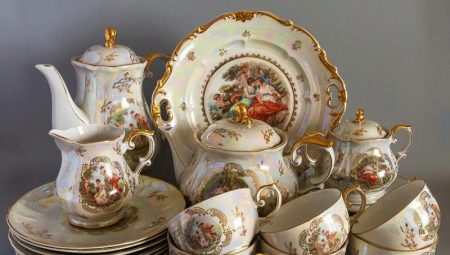
Even today, in some houses, German porcelain sets from the times of the USSR are carefully stored and sometimes used - mute witnesses of the Soviet history of post-war life.
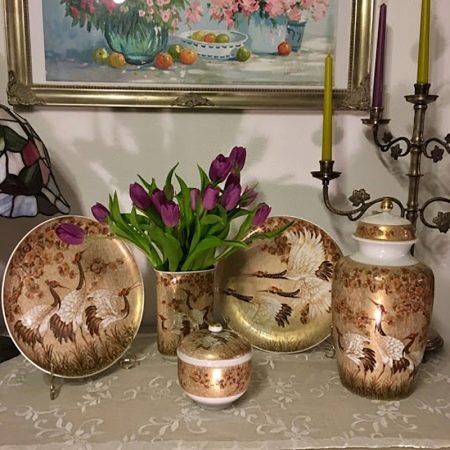
Peculiarities
After the war, many Soviet people wanted comfort, so ordinary people often dreamed of beautiful plates that you can admire through the glass of the sideboards, and, if the opportunity arises, show them to guests. It was the thinnest and unique, in its essence, dishes, capable of serving the hostess for a long time. She was worth being proud of.
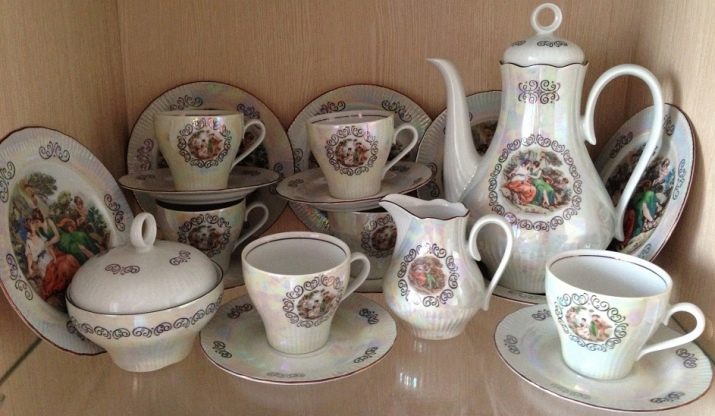
German products were distinguished by their bright whiteness and amazing subtlety, original form and special unique decor.
The cost of services from the GDR was quite high at the time of their release, so they were unquestioningly considered very valuable things in the house.
These services were rarely used as everyday ones. They were displayed in the most conspicuous place in a huge closet to emphasize the status and high income of their owner, were taken from the shelves only in the most exceptional cases.
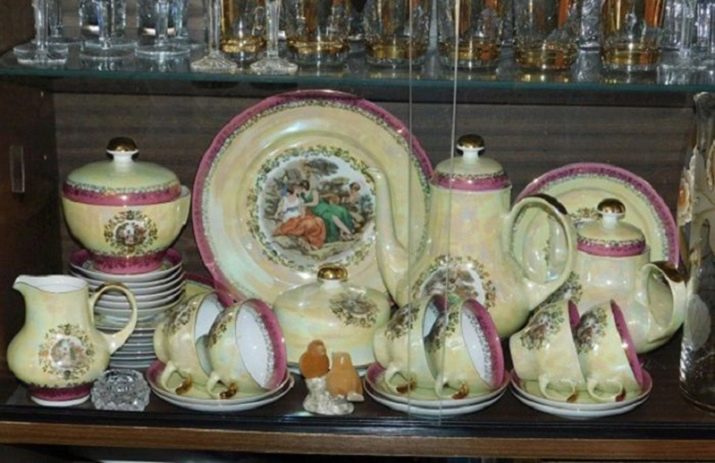
In addition to a noticeable aesthetic component, German porcelain was distinguished by other positive qualities. Let's list them.
-
Amazing durability. Outwardly, such sets look very refined and even refined, and at times very fragile. In fact, these products are resistant to various influences - and this is all due to the excellent quality of materials and the increased content of kaolin clay in it.
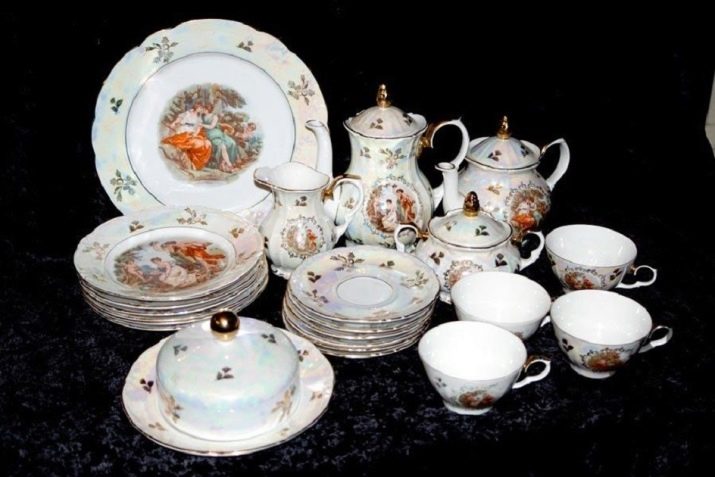
- Manual quality control of finished products. In order to offer the consumer a product of the highest quality, the material is constantly examined and checked in the most thorough way in special laboratories.
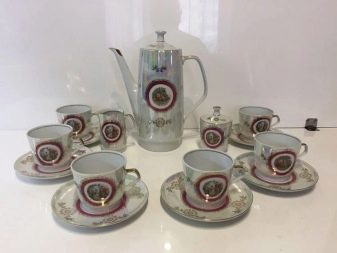
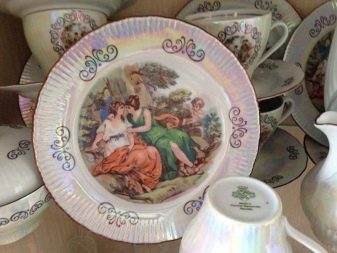
- The use of natural raw materials that are extracted from the companies' own wells. During production, systems are used to save water, electricity and reduce harmful emissions into the air.
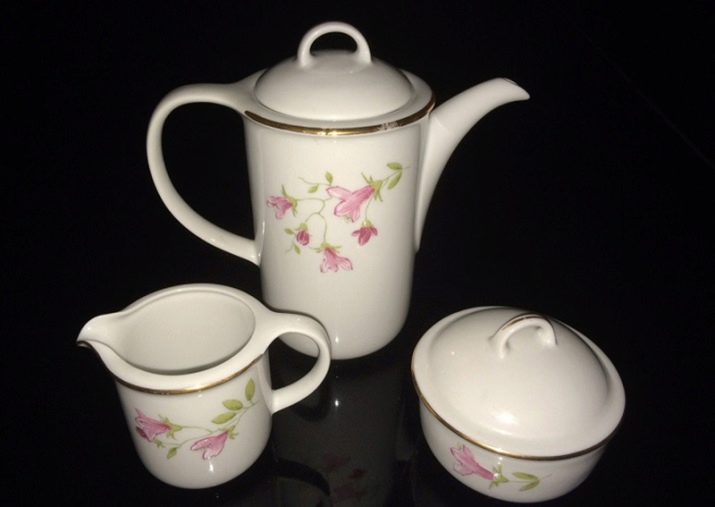
- The variety of available shapes and the uniqueness of the design. This tableware will not be limited to snow-white and elegance. The designers of the companies decorated them with the most delicate patterns and designs, quite boldly combined the snow-white color with contrasting and bright shades.
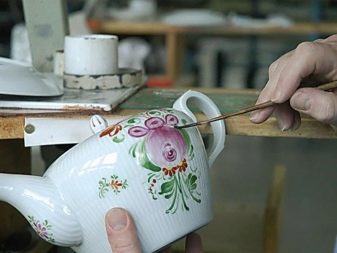
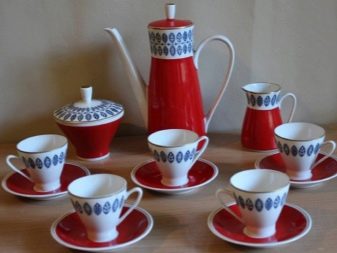
Views
In each of the service collections of German brands of the USSR times, such tableware items were usually presented that were necessary for serving a festive and everyday table. (each set had its own utensils): milk jugs and huge tureens, sauce bowls and butter cans, sour cream and saltcellars with pepper shakers, small plates or very deep, flat dishes and voluminous salad bowls, fanciful sugar bowls and teapots, as well as cups and special coasters for boiled eggs.
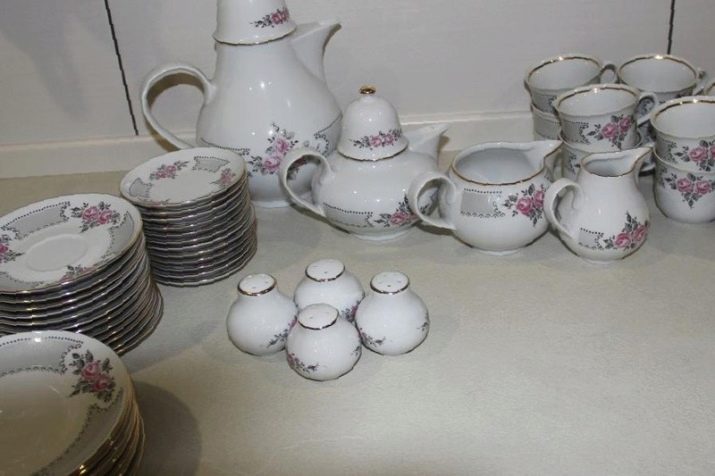
By design, one could even pick up porcelain dishes for decorating restaurants with antique interiors or for more modern establishments decorated in a European style.
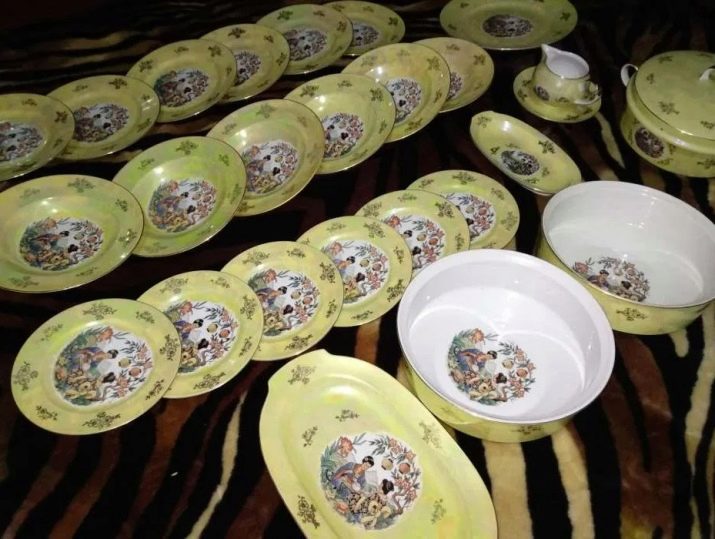
For example, some of the most popular collections from Germany from the Kahla company can be cited.
-
Ghibli. They were distinguished by a combination of classics with modern fashion trends. This dish is characterized by golden and white colors.
-
Peacock. These serving items feature gold feathers.
-
Pronto. Bright colors combined with a snow-white shade are perfect for modern housewives.
-
Einzelteile. Sets of dishes for children, which are decorated with recognizable heroes of fairy tales.
-
Rossella. Classic from original patterns in blue.
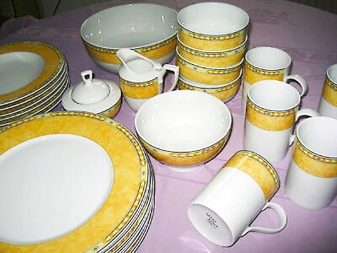
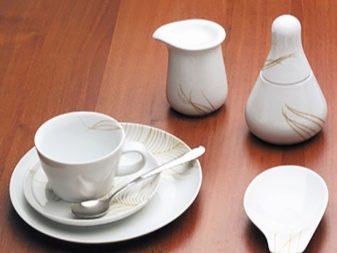
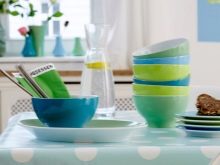

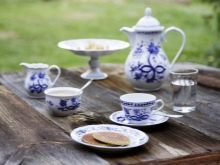
German service sets in Soviet times were produced in different - canteens and tea, lunch and coffee. Such sets differed in design, color, number of items - for 6 or 12 persons.
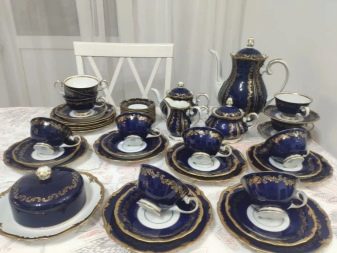
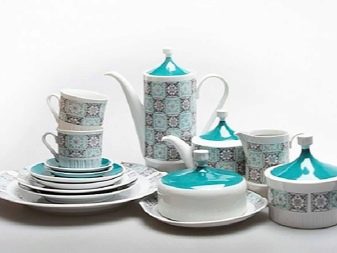
In the 70s of the last century, sets from the GDR became not just an example of beautiful and high-quality tableware., usually stored on a shelf, but also a symbol of the family's financial well-being, as well as evidence of the impeccable taste of its mistress. Every Soviet woman dreamed of getting this kind of porcelain set.
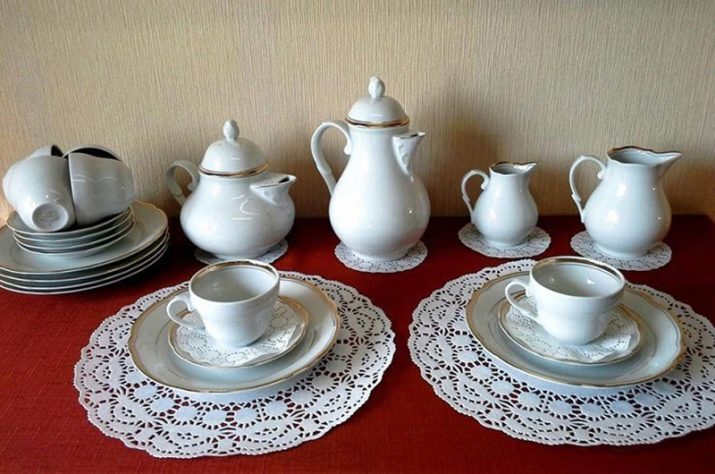
Today they are quite expensive - the price depends on the year of production, because the older the items of a given serving, the more expensive they will cost, taking into account the percentage of their safety.
German dishes must be marked with a recognizable company logo. A number of products may have the inscription German Democratic Republic.
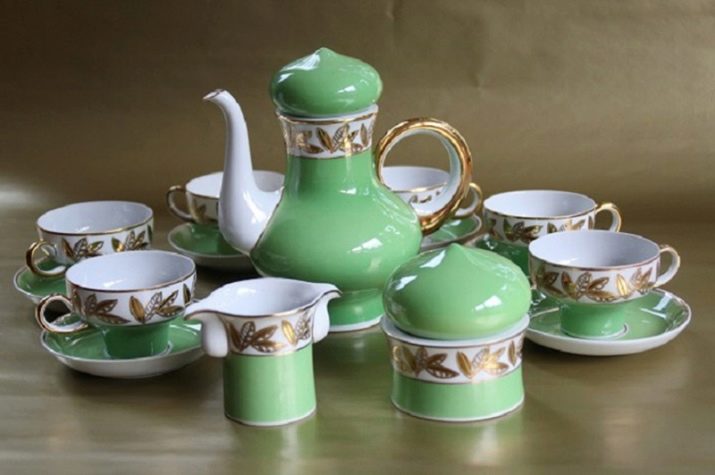
Manufacturers
The production of ceramics was once one of the most important industries in East Germany. And this is not surprising after all, the pro-Soviet state of the GDR inherited the world-famous Meissen manufactory - the very first in Europe both in terms of the year of its foundation and in terms of the quality of its products. In addition to this giant, whose capacities were focused primarily on wealthy European buyers, much less significant companies also worked here. Their sets and figurines were made and shipped precisely to the USSR and enjoyed a resounding success in the Soviet country.
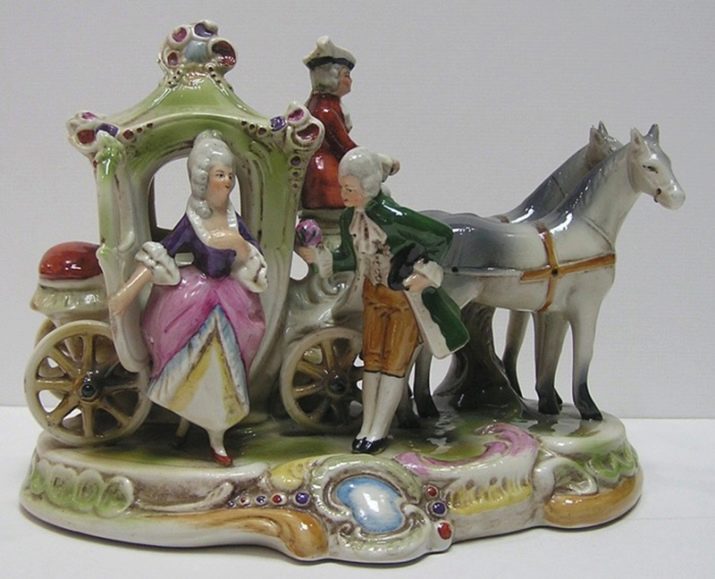
At the bottom of each plate or porcelain from the GDR there was a stamp of one of the famous German factories: Kahla, Fortuna Eisenberg, Meissen and Weimar and others.
Kahla
The first baroque services, called Madonna, were produced at Kahla factories. Realizing that after the war the inhabitants of the USSR were seriously interested in Madonna, the factories producing it significantly increased the number of products.
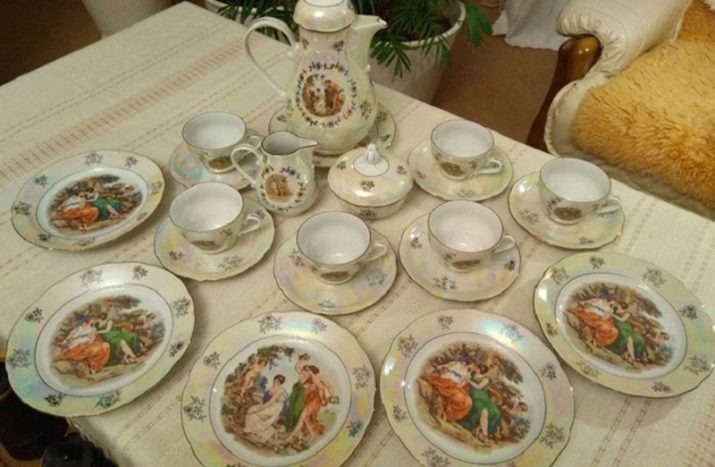
In 1979 the company became part of the Vereinigte Porzellanwerke Kahla concern. As many as 17 factories continued to produce the famous "Madonna", as well as sets with "onion" patterns that imitate the famous samples from Meissen. Kahla children's tableware also had a unique charm - it still evokes special memories.
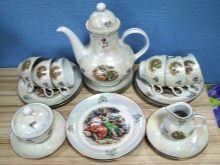
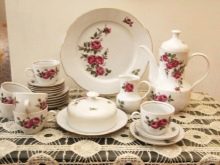
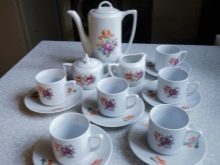
Oscar
Another rather popular producer of the demanded Madonna sets in the Soviet Union was a factory from Langevizin. It was founded in 1892 and produced mainly coffee and tea sets, which glorified not only the brand itself, but also its hometown. The products were made of thin, but at the same time quite durable porcelain with a touch of delicate ivory. The products were manually painted with special paints using gold layers. The services of this manufacturer have always had a catchy and elegant classic look.
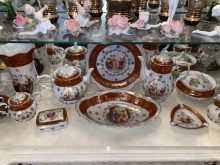
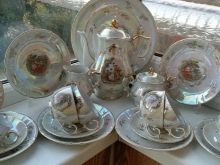
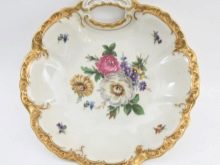
Graf von Henneberg Porzellan Ilmenau
This is one of the oldest Thuringian factories - it was founded in 1777 in the city of Ilmenau. Initially, the plant produced the highly demanded antique style sets and popular copies of the blue and white jasper pottery from Wedgwood. It is believed that certain cups, coffee pots and even vases were painted by the great poet Goethe. In the 19th century, the company managed to obtain a patent for a number of unique decor materials - for example, matte chandeliers and eye-catching gilding, as well as porcelain enamel. After the end of the war, almost all of the products of the Ilmenau enterprise were exported to the USSR as reparations. The most famous products in the 1970s. there were luxurious sets with gold painting, dishes with Meissen "roses" and blue and white "onion" painting.
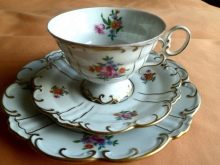
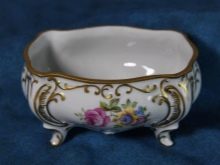
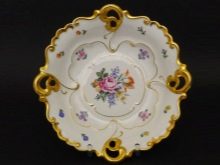
Wallendorfer Porzellanmanufaktur
The factory was built in 1764 in the town of Lichte. The plant's dishes were made from hard porcelain on the basis of Bohemian kaolin masses and differed from similar products by their "German" decor. After the war, Wallendorfer retained its distinctive style and continued to produce pieces using unique vintage techniques to increase the strength and smoothness of the pieces.
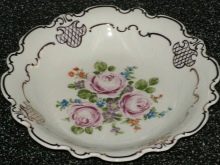
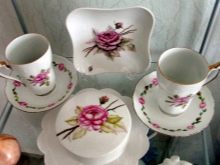
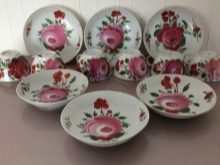
Lichte porzellan
This plant was opened in 1822 and became the main competitor of the Wallendorfer manufactory already operating in Lichte. After the war, the company began to produce porcelain tableware with rather simple modernist shapes. His main specialization was mainly tea and coffee sets, as well as small figurines. The products were produced for internal use and supplies to the USSR.
The finest porcelain from Lichte was well recognized among other brands from the GDR, since it belonged to luxury goods and was distinguished by a rather high price.
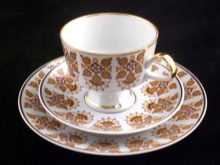

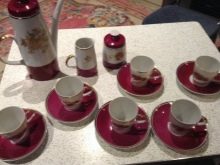









I got the Lichte service from my mother-in-law, we still use it.